Hermine is just a Tropical Storm, but it could still inflict considerable damage on the East Coast. Here's how much
The Saffir-Simpson Scale categorizes a hurricane based on its wind speed. Tropical storms and depressions generally cause less damage and fall below the scale.

Hurricanes that are less intense are generally more common than "major" hurricanes — those that are Category 3 and above. In the map below you can see how many of these storms hit the continental US from 1950-2011, color-coded by category.
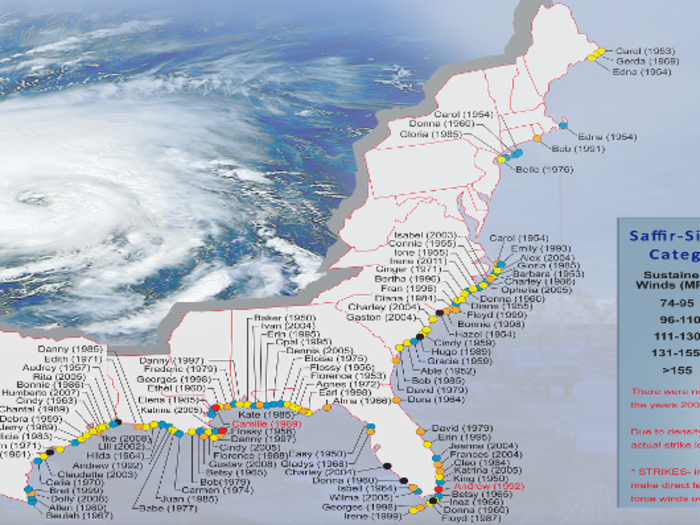
Tropical storms have wind speeds of 39 to 73 mph. Once a storm crosses this threshold, it gets a name.
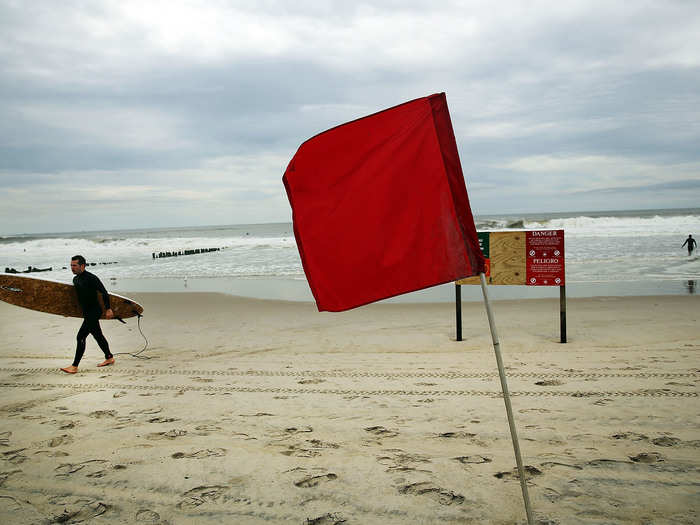
Hermine's wind speeds were around 50 mph Friday night as it struck the Carolinas. The National Weather Service suspects this could increase as the storm makes its way up to New Jersey by Sunday and Monday.
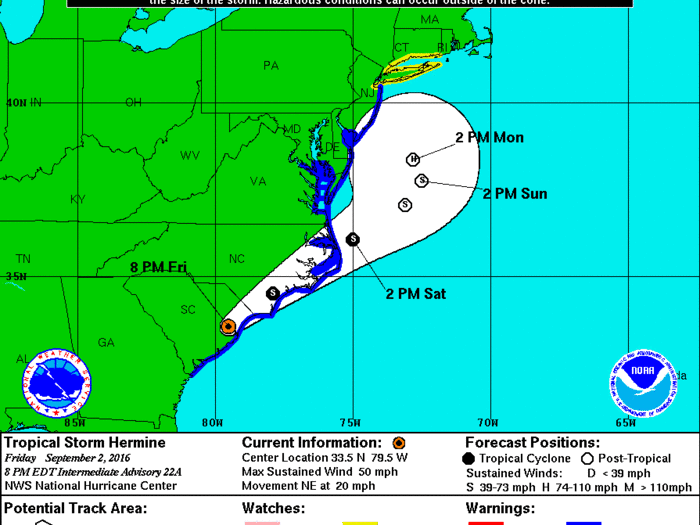
Source: NWS
Hurricane Dolly was a Category 1 when it hit Texas in 2008. This rating has wind speeds of 74 to 95 mph. They can damage the outside of homes, break large tree branches, and possibly knock down power lines, causing outages for several days.
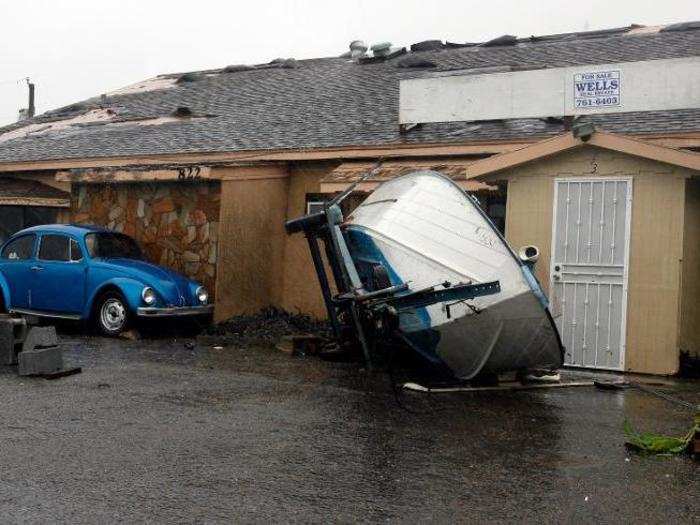
Category 2 hurricanes have wind speeds of 96 to 110 mph. Storms of this intensity can inflict major damage to homes, and uproot large trees. Power outages that can last several weeks are generally expected.
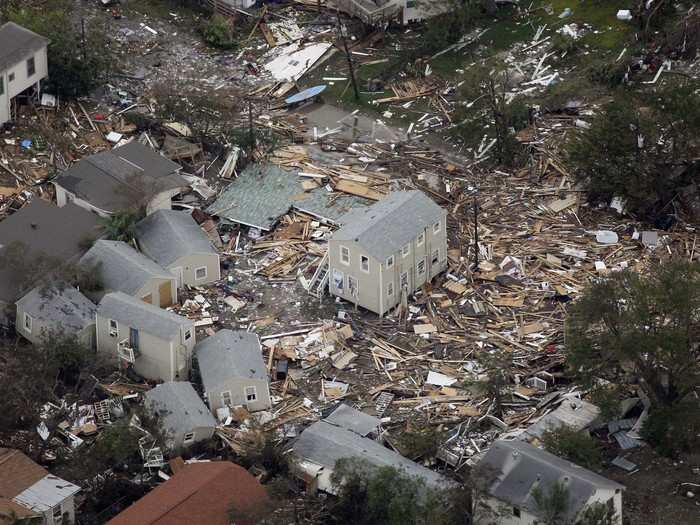
While a hurricane's category classifies how strong it is, this definition can't fully predict how devastating it might be. Superstorm Sandy hit Category 3, but by the time it made landfall in New York and New Jersey in 2012 it had weakened to a post-tropical cyclone.
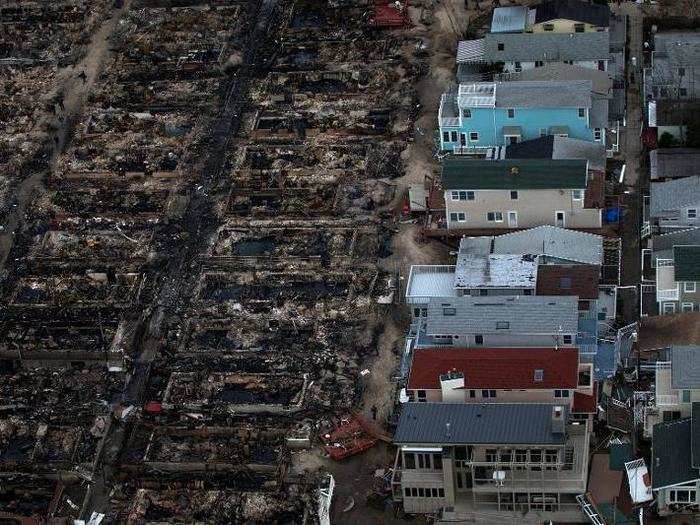
Category 3 storms have wind speeds of 111 to 130 mph. But with Sandy, the storm surge did some of the worst damage. It reached nearly 8 feet in parts of the Jersey Shore and 6 1/2 feet around New York City. It was classified as a "superstorm" because it was so wide — up to 1,000 miles across.
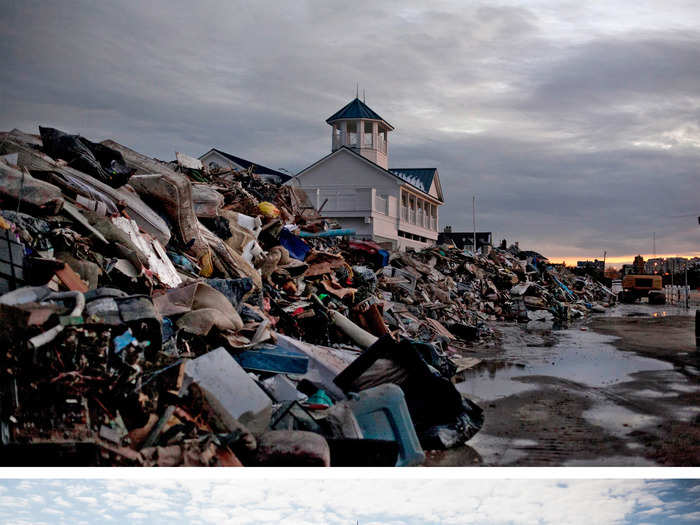
Hurricane Katrina in 2005 was the most devastating storm ever to hit the United States. It killed 1,833 people and caused $108 billion in damage, though it was technically a Category 3 when it made landfall in Louisiana with sustained wind speeds of 125 mph.
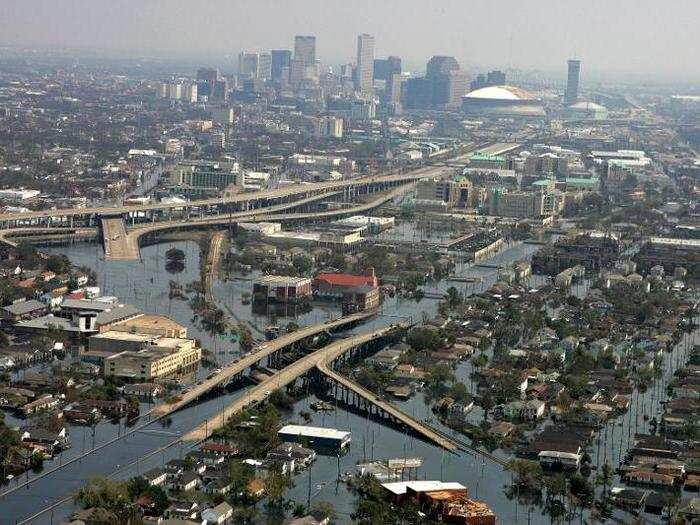
Hurricane Charley was a Category 4 storm when it made landfall in Florida in 2004. These storms have wind speeds of 131 to 155 mph, uprooting most trees, with power outages that can last weeks or even months.
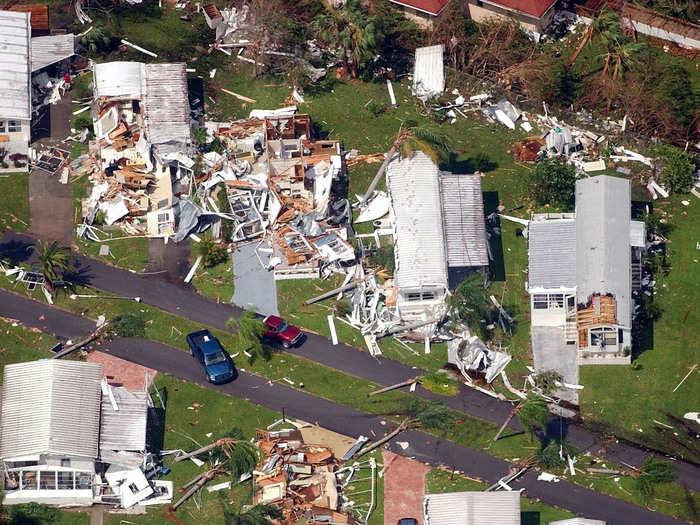
Hurricane Andrew was one of the strongest storms ever to make landfall in the US. It was a Category 5 hurricane when it hit Dade County, Florida in August 1992. Category 5 storms have wind speeds greater than 156 mph, which can completely destroy most framed homes.
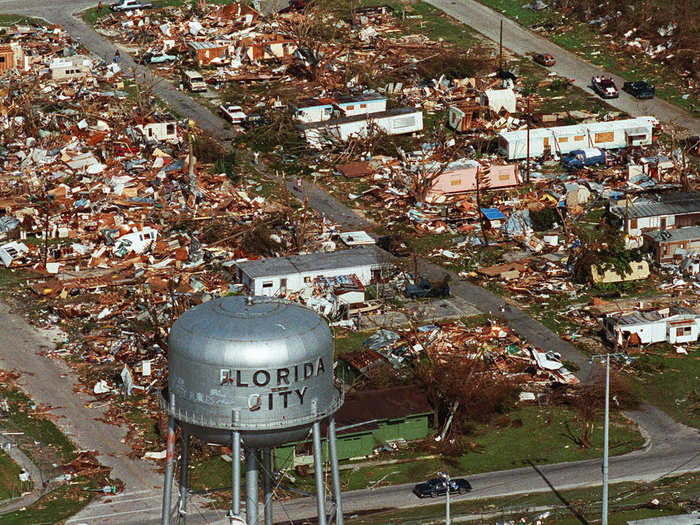
Category 5 hurricanes unquestionably cause power outages that can last weeks to months. Most of the area will be uninhabitable for that amount of time, too.
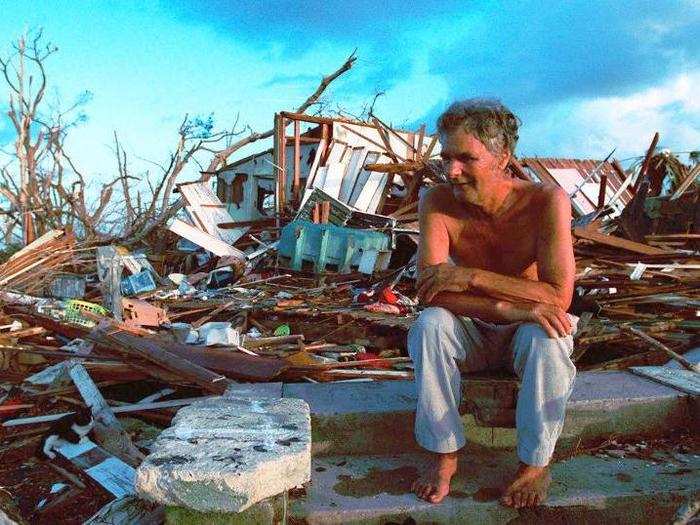
Higher wind speeds can cause even more storm surge, because they're what push walls of water up on to the coastal shores. The more wind, the bigger the storm surge can be.

Source: WX Shift
Hermine caused a 7.64-foot storm surge in Cedar Key, Florida on Friday morning — the fifth-highest ever recorded there. The National Weather Service has issued a storm surge warning for Virginia, and a watch for the rest of the Atlantic states up to Connecticut.

Hermine is technically "just" a tropical storm and not a hurricane with a category, but it could still cause considerable damage. Regardless, the East Coast is in for a soggy Labor Day weekend.
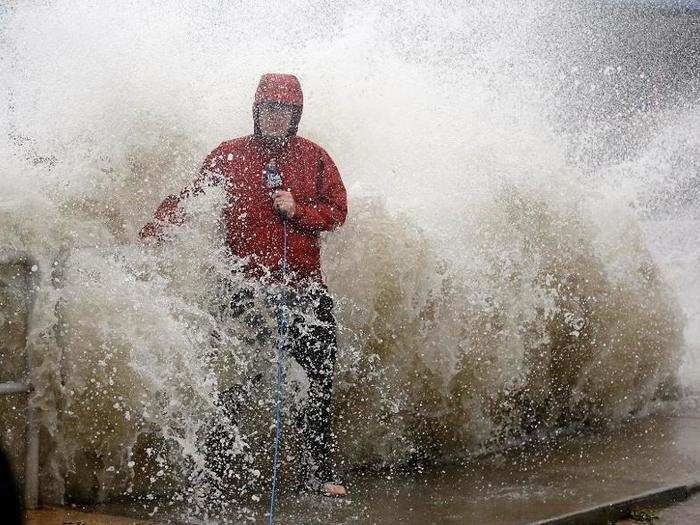
Popular Right Now
Popular Keywords
Advertisement